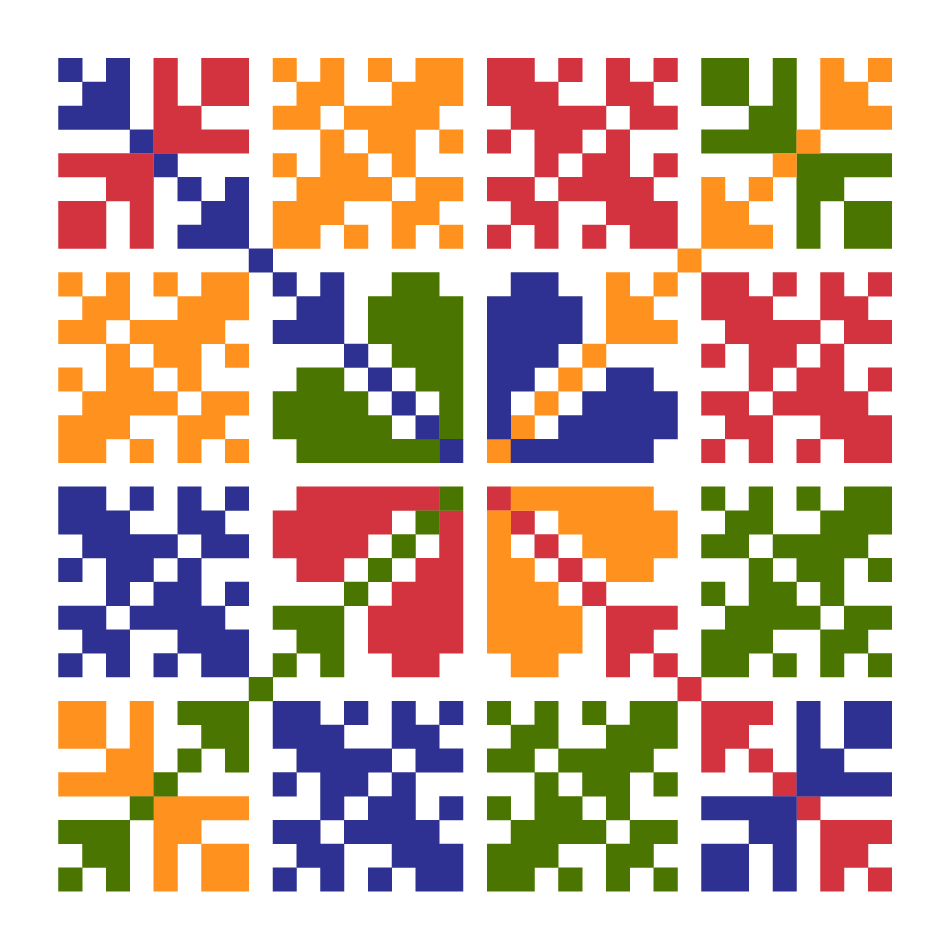The general overview of each unit (see example: Unit 6) provides learners (and instructors) with information about the goals of the unit. It includes four tabs that offer detailed descriptions of the topics covered in each lesson, the objectives to be achieved by the end of the unit, an outline of communicative abilities, and an outline of the language components involved.
TEXTBOOK MATERIAL AND ACTFL CAN-DO STATEMENTS
The textbook material was created by following the ACTFL (2017) Can-Do Statements, including the section on intercultural communication. Statements from Novice Low (NL), Novice Mid (NM), Novice High (NH), and partially Intermediate Low (IL) levels were used as learning outcomes to develop the curriculum’s tasks through backward design. Some Can-do statements that were deemed less useful for learners were omitted. Some statements were also eliminated if they closely resembled ones already included. The statements covered the following areas: interpretative communication, interpersonal communication, presentational communication, and intercultural communication. Below are some examples from the textbook for each type of communication.
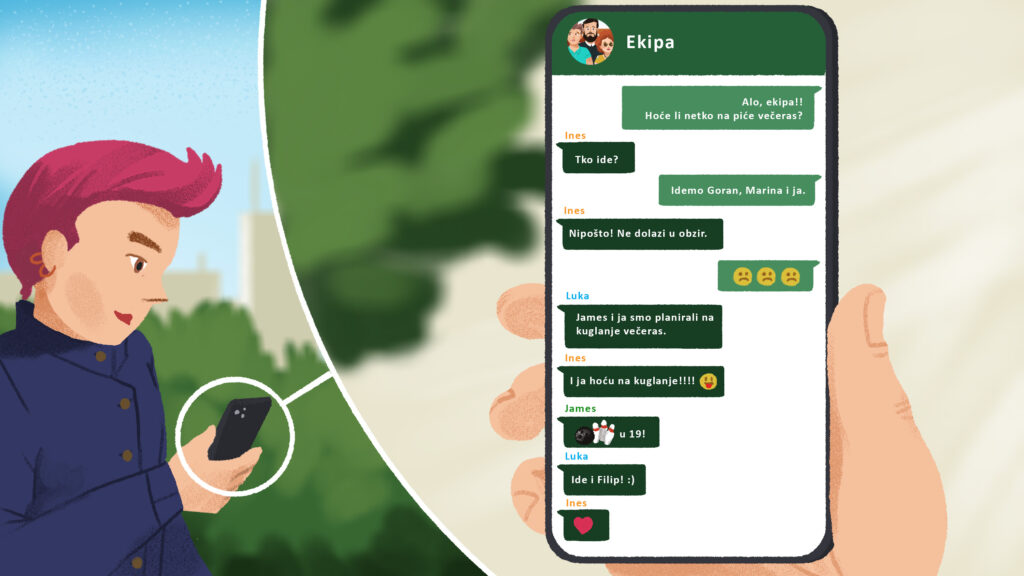
Interpretative Communication
- I can understand simple questions about family in correspondence among friends.
- I can recognize very common abbreviations in a text message.
- I can recognize when greetings and leave-taking are expressed.
- I can understand recipe recommendations on a food package.
- I can follow text messages among friends about what to wear for an occasion.
- I can identify my departure and arrival times from a transportation schedule.
- I can recognize some weather expressions in a forecast.
- I can understand some information on job postings.
- I can follow text messages among friends about what to wear for an occasion.
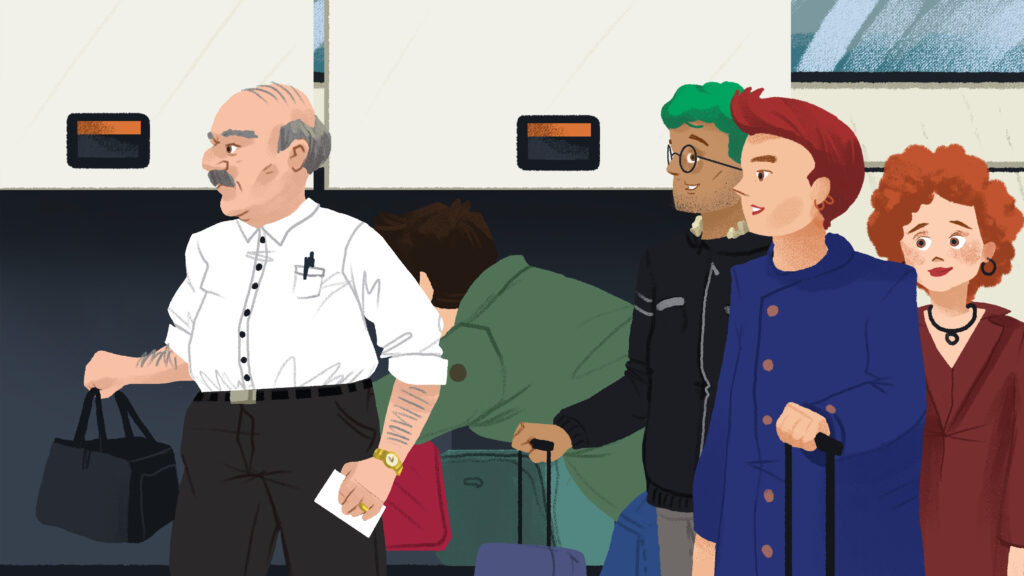
Intercultural Communication
- In my own and other cultures, I can identify how people travel from one place to another, such as driving, taking the train or riding a bike, and why they choose to travel this way.
- I can recommend sites to experience a variety of local art and music styles.
- In my own and other cultures, I can identify locations to buy something and how culture affects where people shop.
- I can use rehearsed behaviors when shopping in a familiar type of store.
- In my own and other cultures, I can identify how, what and why people eat what they do.
- I can act appropriately when obtaining food in familiar situations, such as grocery shopping or eating in a restaurant.
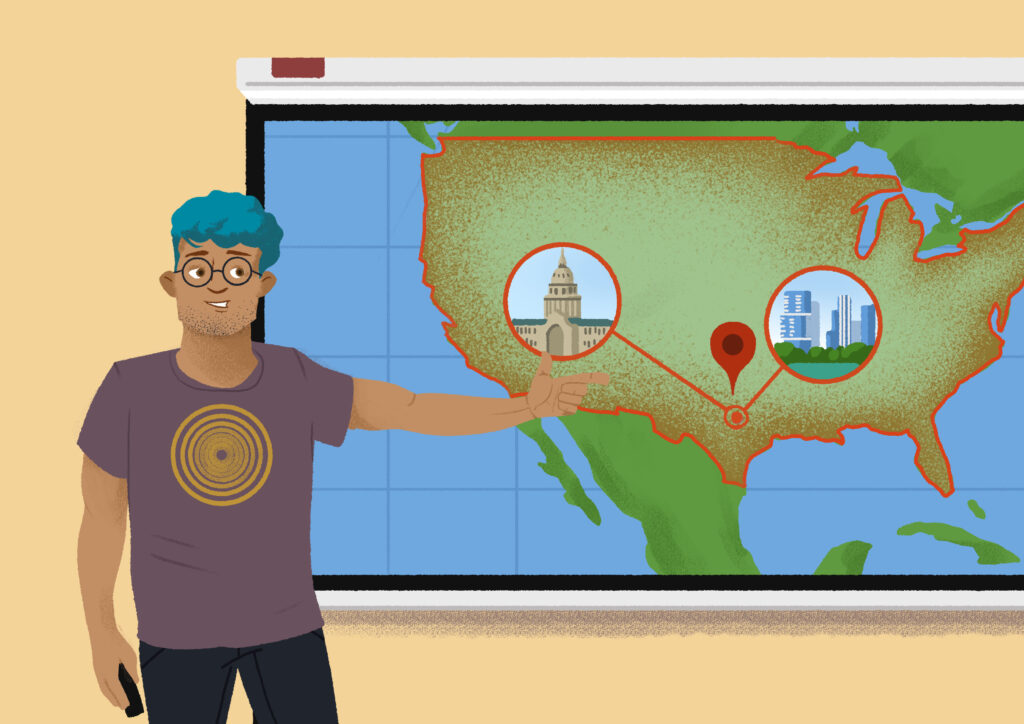
Presentational Communication
- I can tell a peer or colleague what I did this weekend.
- I can give a few details about my favorite restaurant.
- I can tell someone my activities and schedule for the day.
- I can write a description of the physical appearance and personality of a friend or family member.
- I can tell the location of a city relative to another city on a map.
- I can list my favorite free-time activities to create a survey for my peers.
- I can write a short note, text or email to my friend about upcoming plans.
- I can write my plans for an upcoming holiday, vacation, or a typical celebration.
- I can give biographical information about others.
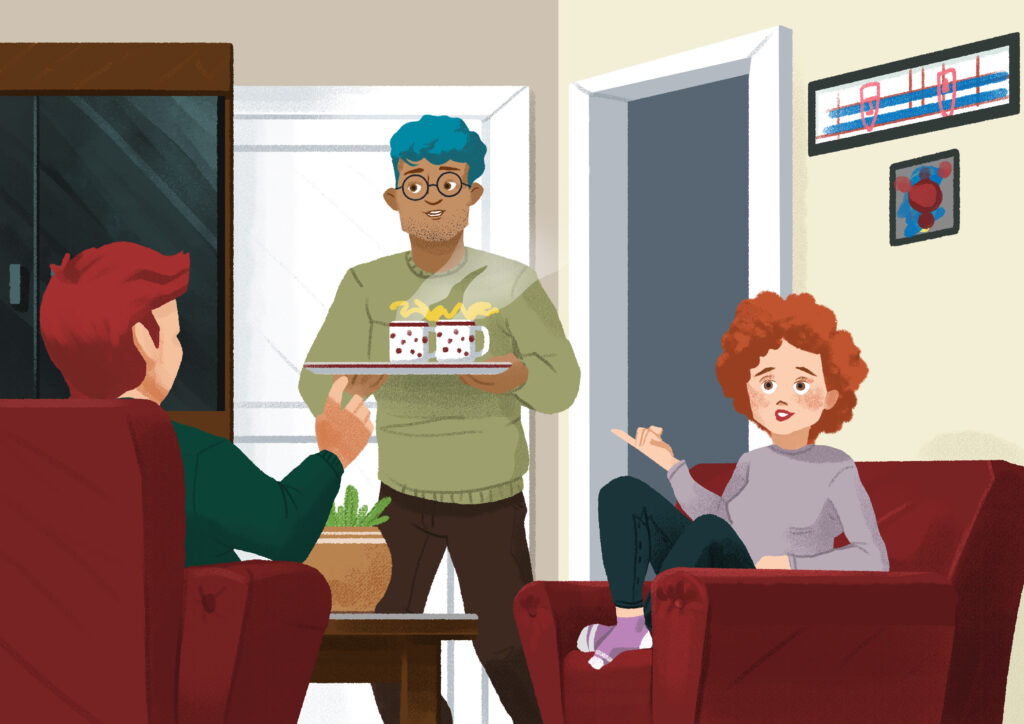
Interpersonal Communication
- I can answer questions about who is in my family.
- I can compare schedules with a friend to identify who has a harder week ahead.
- I can ask for directions when I’m lost.
- I can text my friend to bring me something from a restaurant and answer my friend’s questions.
- I can read a note from my roommate about evening plans and write a short response.
- I can ask and answer questions about a job opening.
- I can say that I am hungry, cold, or tired and ask others.
- I can participate in an online exchange to get ready for an upcoming trip.
- I can say if I feel well, so-so, or sick.
Instructors interested in learning more about communication skills are encouraged to read World-Readiness Standards for Learning Languages and ACTFL Proficiency Guidelines.
